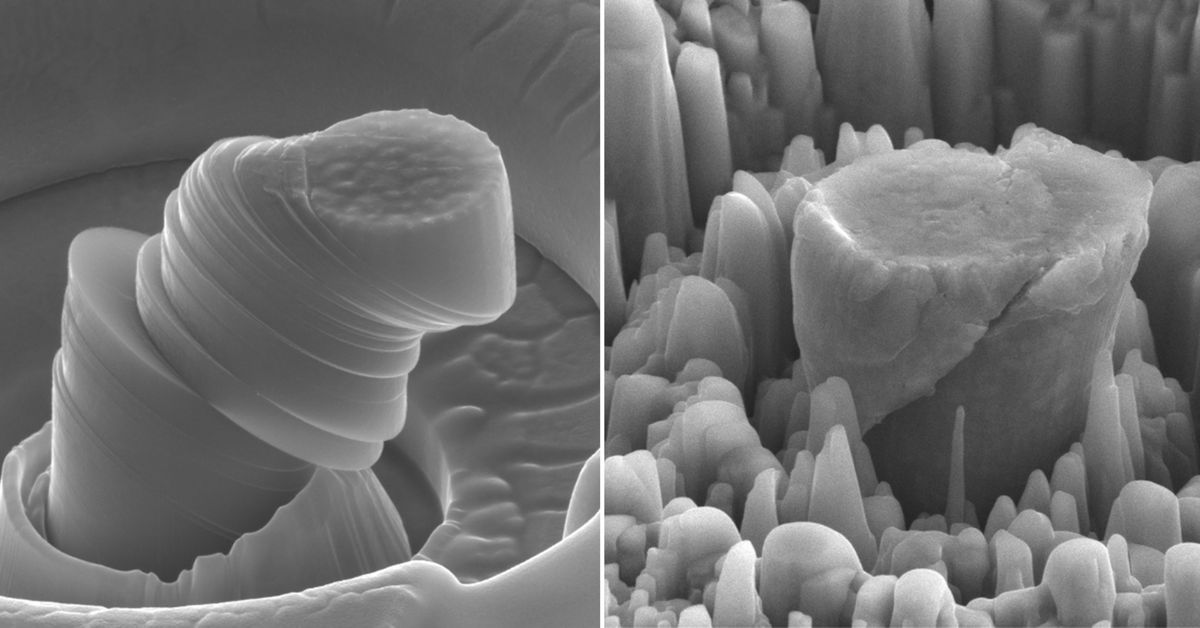
A new metal alloy developed by UCLA researchers looks quite promising, particularly for aerospace use, but can it be 3D printed?
The new material presents a very high stiffness-to-weight ratio, due to its high strength and low unit weight. It’s made by infusing fine ceramic silicon carbide nanoparticles with magnesium in a 14-86 percent ratio. The nanoparticles are less than 100 nanometers in width and must be evenly distributed in the magnesium for the new properties to emerge.
Our question is: “Wow, could this amazing material be 3D printed?”
The answer may or may not be simple. We’re not metallurgists here, but we do know there could be some challenges.
You’d think it would be a simple matter of grinding up the new compound into uniformly fine metal powder, which could then be fed into any of several 3D metal printers for production. These machines would fuse the particles together with either a high-power laser beam or electron beam, layer by layer, to form complete objects.
But it may be more complex than that. Would the nanoparticles be suitable distributed if this approach is taken? Would the laser/electron beam fusion result in sufficiently strong parts? If layers do not properly adhere the material strength may be compromised. Would the fusion process produce appropriately strong crystal formations at the microscopic level?
We don’t know the answers to these questions, and probably there are even more questions to ask. This is a matter that should (and probably will) be investigated by the 3D metal printer manufacturers. Perhaps they’ll even come out with a powder material product they can market based on the new UCLA formula.
Another thought: if new metal properties can be introduced by mixing ceramic particles with a metal, could this be done IN the 3D printer on the fly? Would it be possible to produce unique metal alloys by simply introducing several different metal (or ceramic) powders into the print chambers of such 3D metal printers?
If this hasn’t been investigated by someone, it probably should be.
Via UCLA

